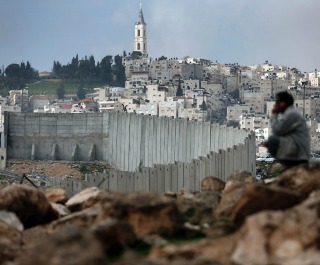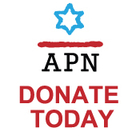 Jewish and Arab students celebrated “Tolerance Day” when we visited Bridge Over the Wadi, the
bilingual elementary school in the Israeli Arab town of Kufr Kara. This extraordinary school is one of a handful
statewide, in which Jewish and Arab kids study and socialize in Hebrew and Arabic, learn about each other’s
culture and narrative, and build common ground.
Jewish and Arab students celebrated “Tolerance Day” when we visited Bridge Over the Wadi, the
bilingual elementary school in the Israeli Arab town of Kufr Kara. This extraordinary school is one of a handful
statewide, in which Jewish and Arab kids study and socialize in Hebrew and Arabic, learn about each other’s
culture and narrative, and build common ground.
“How is ‘Tolerance Day’ different from any other day here,” I asked the school’s principal, Dr. Hassan Aghbaria. “That’s a good point,” he laughed, “we teach and experience tolerance every day, year round.”
Dr. Aghbaria’s school is one of six bilingual schools throughout Israel, run by Hand in Hand, the Center for Jewish-Arab education in Israel. The one in Kufr Kara is the only place in Israel where Jewish parents take their children, every day, to a school in an Arab community.
To understand how unusual these schools are, one must realize how segregated Israel’s school system is, and how segregated Israeli society is. Jewish and Arab students attend separate schools, where separate curricula are taught. Jewish and Arab citizens hardly socialize. They hardly get together. “What we have in this school is a virtual environment. Everything outside is segregated, while everything inside our school is integrated,” Principal Aghbaria told participants in APN’s Israel study tour who visited his school mid-November. The challenge, he said, is to extend this environment beyond the school, beyond Kufr Kara, and beyond the five elementary school years that students attend.
 With the election of Donald Trump as the next president of the United States, speculation is
running high in regard to Washington’s policy on Israeli settlement construction and the future of the Middle
East peace process.
With the election of Donald Trump as the next president of the United States, speculation is
running high in regard to Washington’s policy on Israeli settlement construction and the future of the Middle
East peace process.

 Watch the video here
Watch the video here